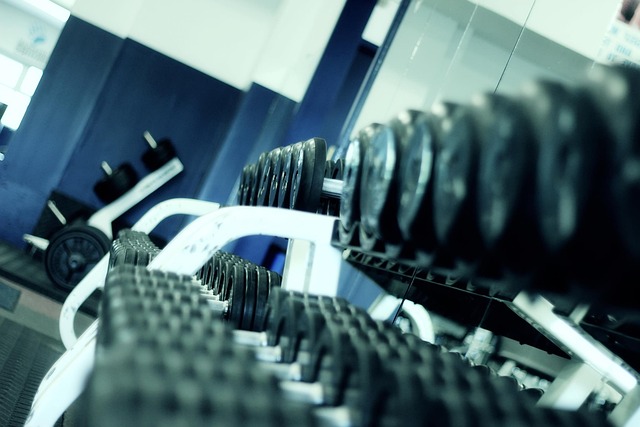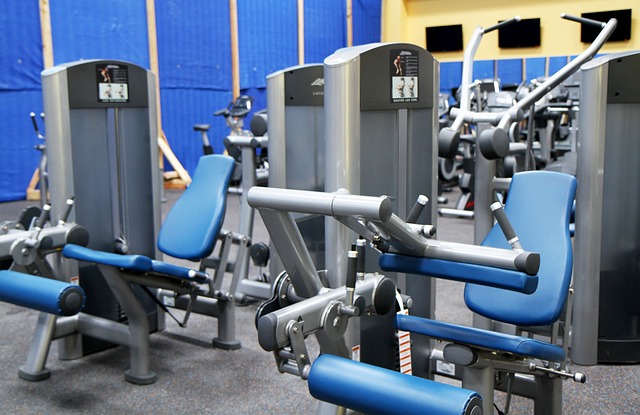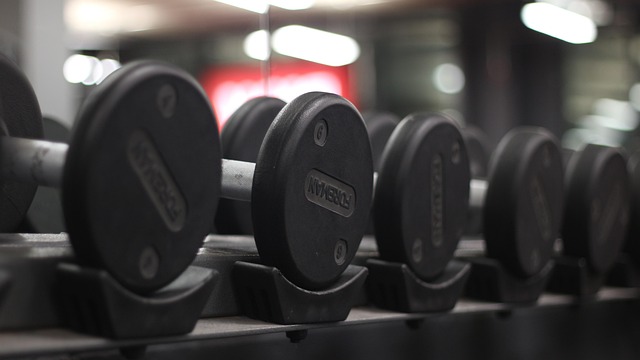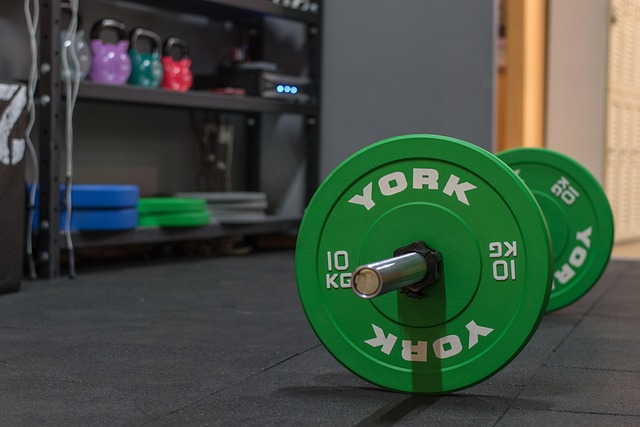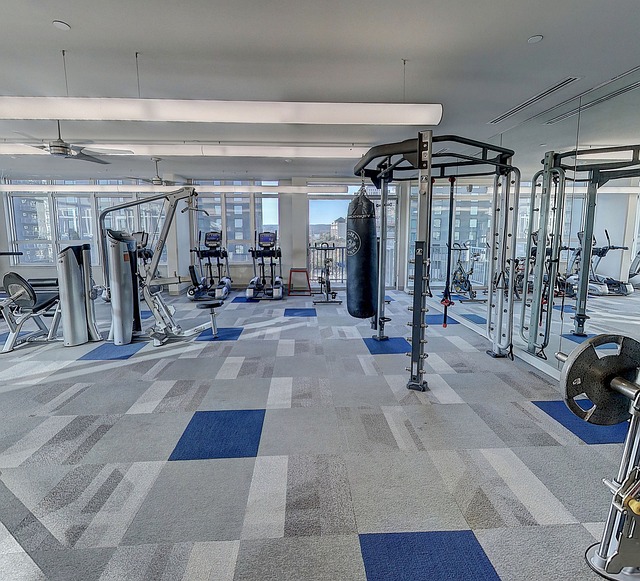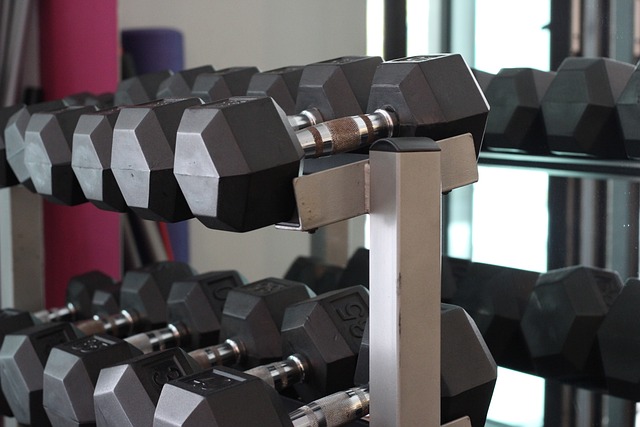In today’s fast-paced world, maintaining a consistent fitness routine can feel like an uphill battle. Between work deadlines, family commitments, and frequent travel, finding time to exercise often takes a backseat. However, staying active doesn’t have to be sacrificed when life gets hectic. With a little creativity and planning, you can adapt your workouts to fit even the busiest schedules or most unpredictable travel itineraries. This article explores practical strategies to help you stay on track with your fitness goals, no matter where you are or how packed your day is.
Why Consistency Matters
Consistency is the cornerstone of any successful fitness journey. Regular physical activity not only improves physical health but also boosts mental well-being, reduces stress, and enhances productivity. Skipping workouts for extended periods can lead to setbacks in progress, decreased motivation, and even feelings of guilt. The key is to prioritize movement in a way that aligns with your lifestyle, even if it means modifying your routine.
When traveling or juggling a busy schedule, the goal isn’t perfection—it’s sustainability. Small, consistent efforts add up over time, ensuring that you maintain momentum toward your fitness goals.
Strategies for Adapting Workouts
1. Plan Ahead
Preparation is your best ally when adapting workouts to a busy schedule or travel. Before embarking on a trip or entering a particularly hectic week, take a few moments to plan your fitness strategy.
- Pack Smart: Bring portable workout gear like resistance bands, a jump rope, or lightweight dumbbells. These items take up minimal space but offer endless possibilities for effective workouts.
- Research Facilities: If you’re staying at a hotel, check if they have a gym or pool. Alternatively, look for nearby parks, trails, or fitness studios where you can squeeze in a session.
- Set Realistic Goals: Instead of aiming for hour-long workouts, commit to shorter, high-intensity sessions (e.g., 15–20 minutes) that deliver maximum results.
2. Embrace Bodyweight Exercises
One of the biggest advantages of bodyweight exercises is their versatility—you don’t need equipment or much space. Whether you’re in a hotel room, office, or airport lounge, these moves can keep you active:
- Push-ups
- Squats
- Lunges
- Planks
- Burpees
- Mountain climbers
Create a circuit by performing each exercise for 30–60 seconds, resting for 15–30 seconds between sets. Repeat the circuit 2–3 times for a quick yet effective full-body workout.
3. Incorporate Movement Into Your Day
If carving out dedicated workout time feels impossible, find ways to integrate movement into your daily activities:
- Walk More: Opt for stairs instead of elevators, walk during phone calls, or explore new cities on foot while traveling.
- Deskercise: Perform seated leg lifts, shoulder rolls, or desk push-ups during work breaks.
- Stretch Regularly: Stretching improves flexibility and relieves tension, making it ideal for long flights or sedentary days.
4. Leverage High-Intensity Interval Training (HIIT)
HIIT workouts are perfect for busy schedules because they’re short, intense, and highly effective. A typical HIIT session lasts 15–30 minutes and alternates between bursts of high-intensity effort and brief recovery periods. For example:
- 30 seconds of jumping jacks
- 30 seconds of rest
- 30 seconds of squat jumps
- 30 seconds of rest
- Repeat for 15–20 minutes.
The efficiency of HIIT makes it a go-to option when time is limited.
5. Use Technology to Stay Accountable
Fitness apps and online resources make it easier than ever to stay active on the go. Many apps offer guided workouts tailored to different environments and durations. Some popular options include:
- Nike Training Club
- FitOn
- Peloton (for bodyweight and cardio routines)
- YouTube channels like Yoga with Adriene or HASfit
Additionally, wearable fitness trackers can motivate you to hit step goals or monitor heart rate zones, keeping you accountable even without traditional workouts.
6. Prioritize Recovery
When life gets chaotic, it’s tempting to push through fatigue and ignore recovery. However, rest and recovery are essential components of fitness. Incorporate active recovery techniques such as yoga, stretching, or foam rolling to prevent burnout and reduce soreness. Listening to your body ensures that you stay energized and ready to tackle challenges.
7. Be Flexible and Creative
Travel and busy schedules often disrupt routines, so flexibility is key. Instead of sticking rigidly to your usual plan, adapt based on what’s available. For instance:
- Use a suitcase as a weight for squats or lunges.
- Do calf raises while brushing your teeth.
- Practice yoga poses in your hotel room before bed.
Creativity not only keeps workouts fun but also reinforces the idea that fitness can happen anywhere.
Tips for Staying Motivated
Maintaining motivation during hectic times requires intentional effort. Here are some tips to keep you inspired:
- Focus on How Exercise Makes You Feel: Remind yourself of the immediate benefits—increased energy, reduced stress, and improved mood.
- Celebrate Small Wins: Completing a 10-minute workout or walking 5,000 steps may seem minor, but every bit counts.
- Find Accountability Partners: Share your goals with friends, colleagues, or family members who can encourage you to stay active.
- Visualize Long-Term Benefits: Picture yourself returning home stronger, healthier, and more resilient after prioritizing fitness despite a busy schedule.
Sample Travel-Friendly Workout Routine
Here’s a simple, equipment-free workout you can do in under 20 minutes:
- Warm-Up (3–5 minutes):
- Arm circles
- High knees
- Dynamic stretches (e.g., torso twists, leg swings)
- Main Circuit (Repeat 3 Times):
- 20 squats
- 15 push-ups
- 10 burpees
- 30-second plank hold
- Rest for 30 seconds
- Cool Down (3–5 minutes):
- Child’s pose
- Hamstring stretch
- Deep breathing
This compact routine targets all major muscle groups and boosts cardiovascular endurance, making it ideal for tight schedules or unfamiliar environments.
